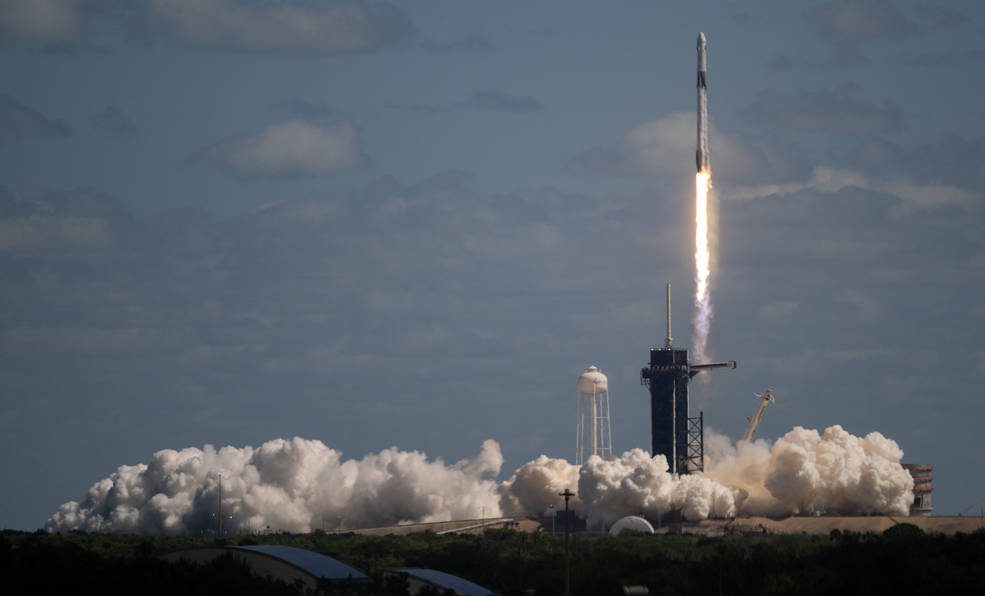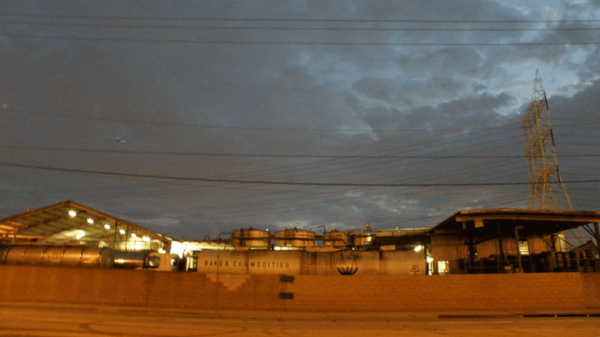Hawthorne-based SpaceX launched four astronauts on a journey to the International Space Station Wednesday, including the first Russian cosmonaut to travel aboard one of the company’s capsules and the first Native American woman to ever fly into space.
The Crew-5 million — conducted under SpaceX’s flight contract with NASA — launched from Cape Canaveral in Florida at about 9 a.m. California time. The launch had been set for Monday, but was pushed back by two days due to Hurricane Ian.
The launch began a roughly 29-hour trip to the International Space Station.
Among the four crew members traveling to the Space Station in the Crew Dragon capsule Endurance is Anna Yurievna Kikina, who is the first Russian cosmonaut to fly on a SpaceX mission into orbit. It is also her first space flight.
Also aboard the Crew Dragon capsule is NASA astronaut Nicole A. Mann, who is now the first Native American woman to fly into space. A Marine Corps colonel and California native, Mann is a member of the Wailacki of the Round Valley Indian Tribes, according to NASA.
Rounding out the crew are NASA astronaut Josh A. Cassada and Japan Aerospace Exploration Agency astronaut Koichi Wakata.
The crew was propelled into orbit by a new Falcon 9 rocket, the first stage of which was piloted back to Earth for reuse in future missions. The rocket’s first stage landed safely on a barge named “Just Read the Instructions” floating in the Atlantic Ocean.
SpaceX is known for reusing equipment to dramatically cut costs of spaceflight. But the Falcon 9 rocket used Wednesday was making its maiden voyage.
The Crew Dragon capsule being used in the mission has been to the station before, having flown members of the Crew-3 mission into orbit in November 2021.
According to SpaceX, the Crew-5 members will conduct more than 200 science experiments and technology demonstrations during their five months aboard the space station.
But the astronaut launch was only the beginning of the day for SpaceX, which launched a second rocket at 4:10 p.m. — this time from Vandenberg Space Force Base on California’s central coast. That rocket was carrying 52 Starlink broadband satellites into orbit, continuing to build the company’s growing internet array.
The Falcon 9 rocket used in the Vandenberg launch had flown four prior missions. SpaceX again recovered the first stage of the rocket, landing it on a barge named “Of Course I Still Love You” in the Pacific Ocean.
SpaceX has conducted 45 rocket launches so far this year.







